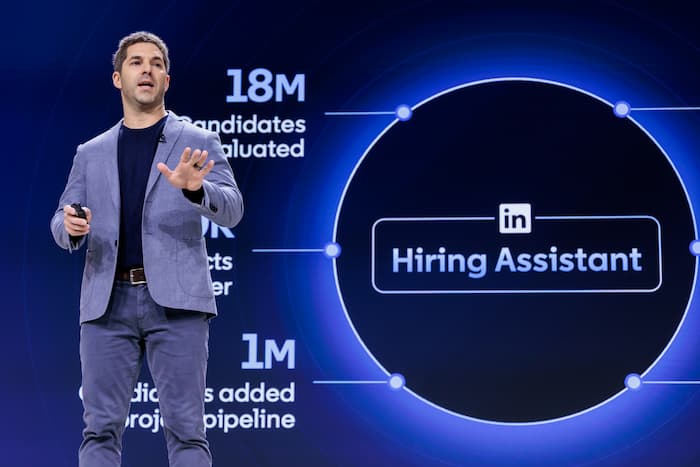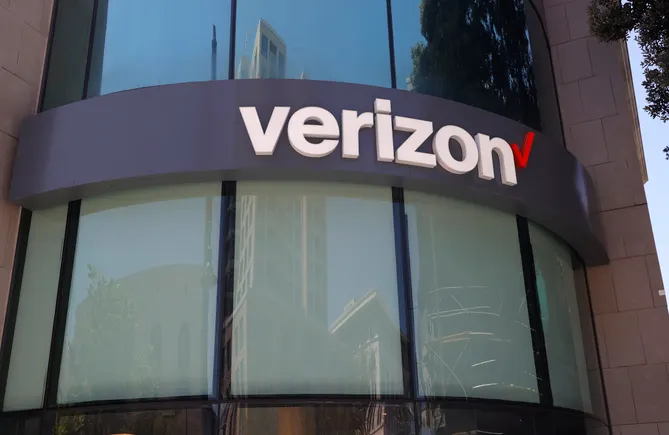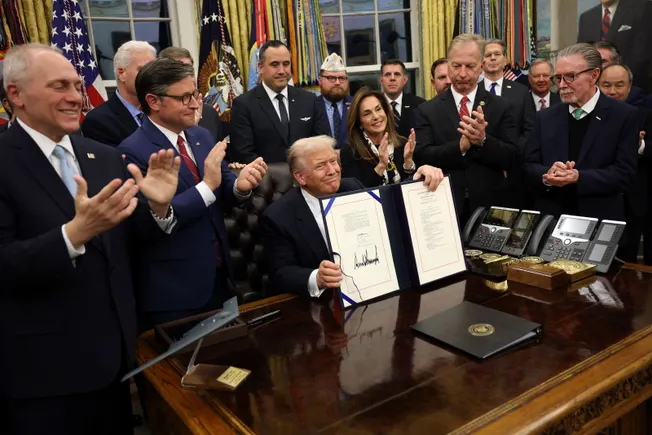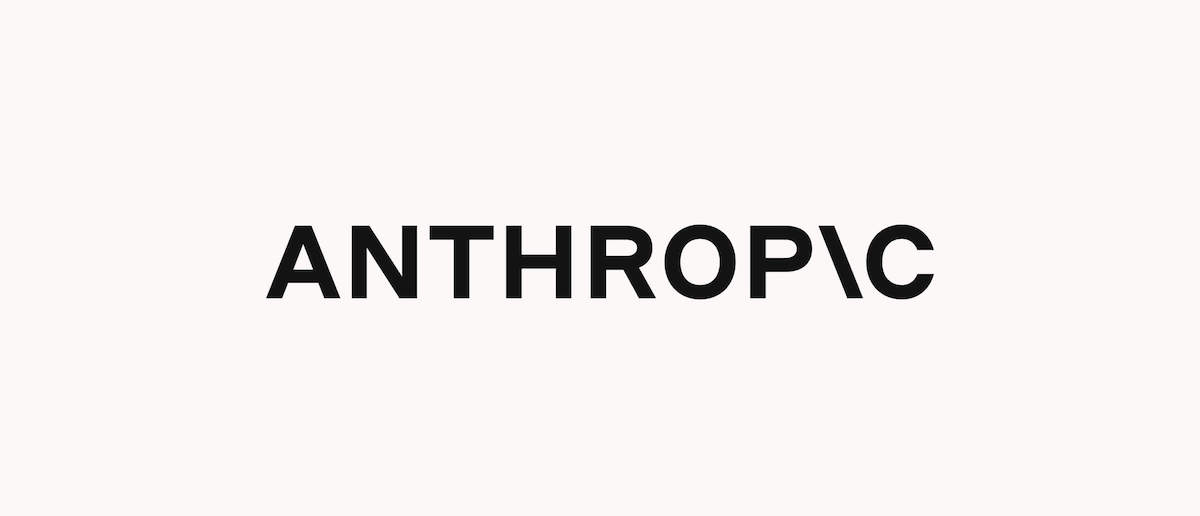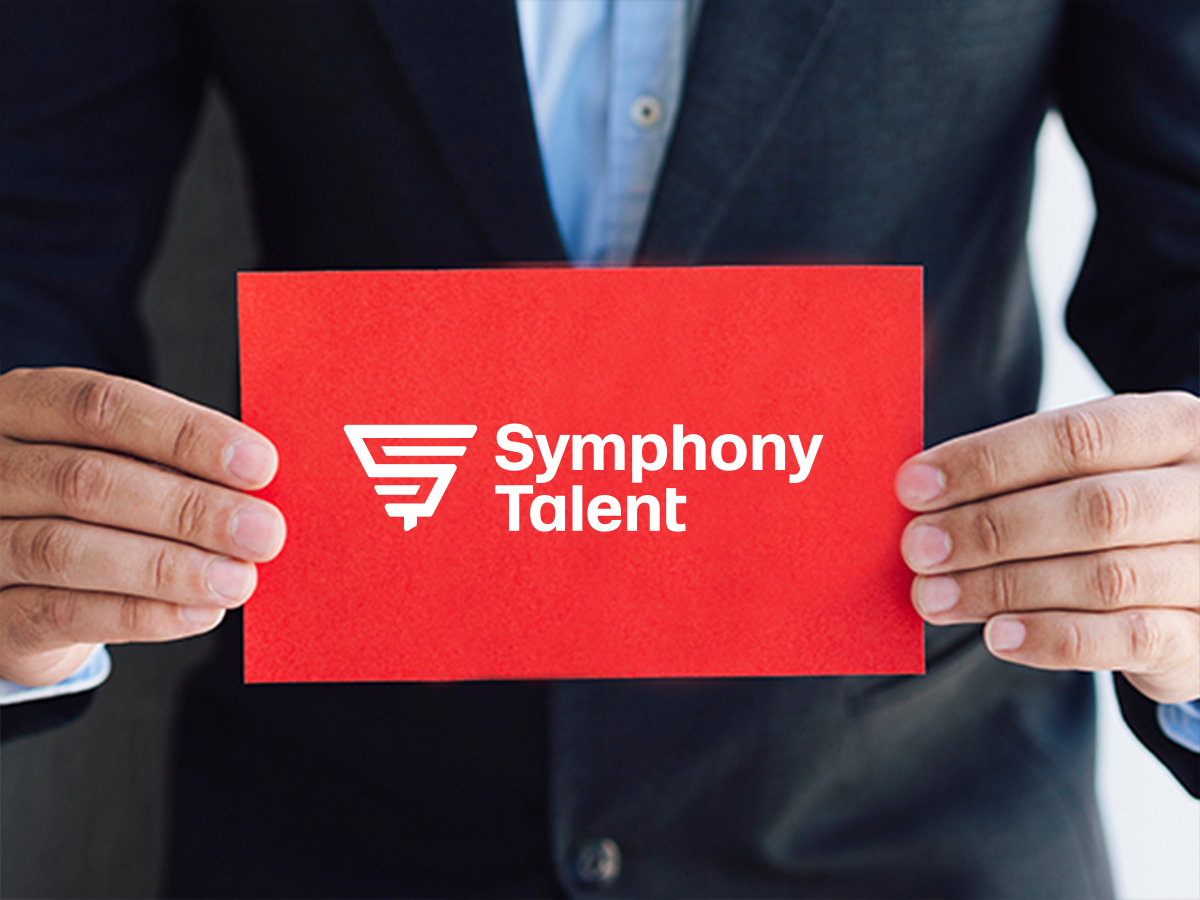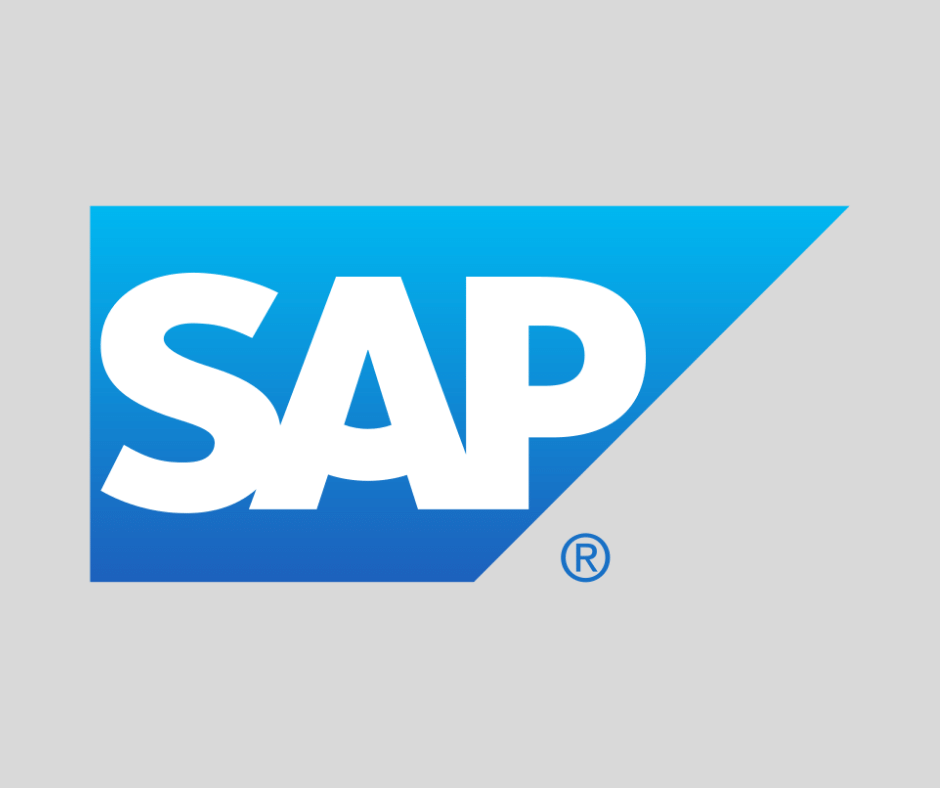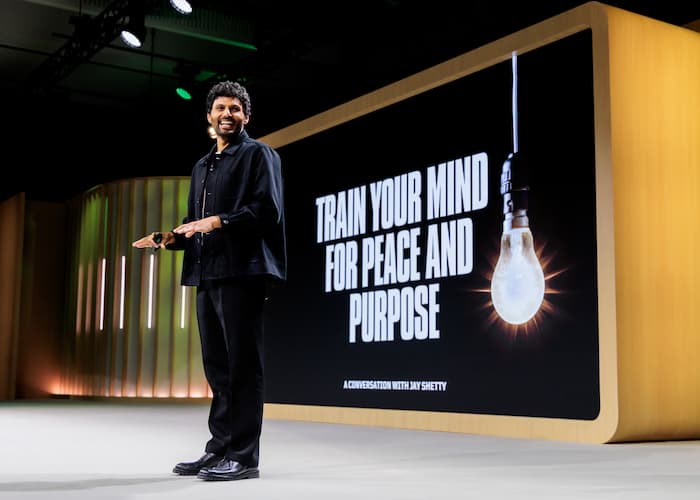The responsibility of helping to create future-ready workforces is raising the strategic profile of recruiters, and AI will play a critical role in enabling them to meet the occasion. Yet, new data from LinkedIn finds that few organizations are operationalizing how their recruiters use AI.
Research released during LinkedIn’s Talent Connect conference last week in San Diego highlights the disconnect: Eighty-six percent of recruiters surveyed say their CEO expects them to build the workforce of the future, yet only one-third of recruiting teams consider themselves “AI power users”—strategically marrying their tech and human skills to drive business outcomes. Nearly half deem themselves “practitioners”: They may be using AI to boost efficiencies in their own role but not in a broader, strategic capacity.
According to the LinkedIn data, only four in 10 business leaders surveyed report being satisfied with the progress of their company’s AI use. Meanwhile, nearly half of recruiters say they’re concerned that the organization will fall behind competitors in the next year if their teams don’t enhance their AI skills.
“We are at the center of multiple waves coming at us at the same time,” LinkedIn Chief Operating Officer Dan Shapero said at Talent Connect on Oct. 21, citing the budgetary pressures facing recruiters, while at the same time, requisition load is soaring—up 24% year over year, according to LinkedIn. “Recruiters are being asked to do more with less, and that’s a big thing we believe AI can help with.”
LinkedIn’s research found that two-thirds of recruiters who report using AI say the tech is enabling them to be more strategic talent advisors; nearly as many say AI is improving the candidate experience.
To continue elevating the strategic role of recruiters, LinkedIn rolled out Hiring Assistant last fall. The recruiting agent, now available globally, assists with candidate intake, evaluation and engagement and is built on top of LinkedIn Recruiter.
Over the last year, charter partners using the tool saw a nearly 70% increase in InMail acceptance rates and reduced the entire pre-screening process to eight minutes. LinkedIn found that Hiring Assistant users are saving an average of four hours per role and reviewing 62% fewer profiles.
At Talent Connect, LinkedIn unveiled a number of product updates that will roll out in the coming months. Among them, Hiring Assistant will be able to integrate with Microsoft Teams, enabling real-time collaboration between recruiters and hiring managers. Bill Burnett, vice president of product marketing at LinkedIn, said the integration was one of the “most-requested features” from charter partners. Instead of recruiters and hiring managers having to “go back and forth through email,” the integration will “bring calibration into the flow of work.”
Hiring Assistant will also be able to integrate with applicant tracking systems, including Workday, Greenhouse, SmartRecruiters and more. The tool will combine LinkedIn and application data to “build the most comprehensive evaluation possible,” Burnett said, all in real time.
Pre-screening tools are now available in Hiring Assistant, and next year will bring the addition of interview scheduling and voice pre-screening, building on current candidate engagement capabilities.
Recruiting and AI: Shifting habits and mindsets
Strategically leveraging AI in recruiting isn’t just about deploying tech—but changing habits.
Erin Scruggs, vice president and head of global talent acquisition at LinkedIn, noted that her team has been “customer zero” for Hiring Assistant. One of her team members recently said her morning routine has shifted: Now, it’s “coffee and Hiring Assistant.”
See also: How to harness this ‘exciting moment of change’ for AI in recruiting
Nicole Lovell, vice president of global talent acquisition at business consulting firm Jacobs, a LinkedIn customer for more than a decade and a charter partner for Hiring Assistant, added that starting small and strategically has helped to drive that habit change.
Her team first evaluated which recruiters were most “AI curious,” open-minded and willing to invest the time to experiment with AI in recruiting, including by providing meaningful feedback.
“Skeptics wouldn’t be patient enough,” she said.
Then, the team identified the roles for which AI-assisted recruiting could be most effective, ultimately landing on mid-level engineer and design roles. Ultimately, Hiring Assistant power users now look at 50% fewer profiles to get to right-fit candidates and see a 56% increase in InMail acceptance rates.
“Trial and error” has been a cornerstone of Jacobs’ AI in recruiting journey, she said, which was bolstered by executive leadership support—including through the creation of an AI TA Council—and, critically, she said, an emphasis on agile mindsets.
AI can feel “huge and overwhelming,” she said. HR needs to help recruiting teams be comfortable with failing fast, learning and taking short sprints.
“We’re still on our journey; we still have recruiters fearful of AI,” Lovell acknowledged. “It does take effort, continuous learning and pivoting.”
A new opportunity for recruiters

When AI is effectively deployed in recruiting, however, the payoff can create significant opportunities for recruiters and HR to work more strategically, Teuila Hanson, chief people officer at LinkedIn, told HR Executive this week.
Traditionally, recruiters largely worked to get each of their candidates to the offer letter—and then moved on to the next. Now, with AI removing much of the administrative burden, recruiters can deepen relationships and help the entire function think more long-term about each candidate’s potential.
“They’ve invested in that relationship, they’ve built trust, they’ve been able to answer questions and understand someone’s career aspirations. They want to make sure that they’re they’re fulfilling that promise,” says Hanson, also a 2025 Top 100 HR Tech Influencer. Now, recruiters have “such a great opportunity to take all of that goodness and make sure that person is set up for career success.”



